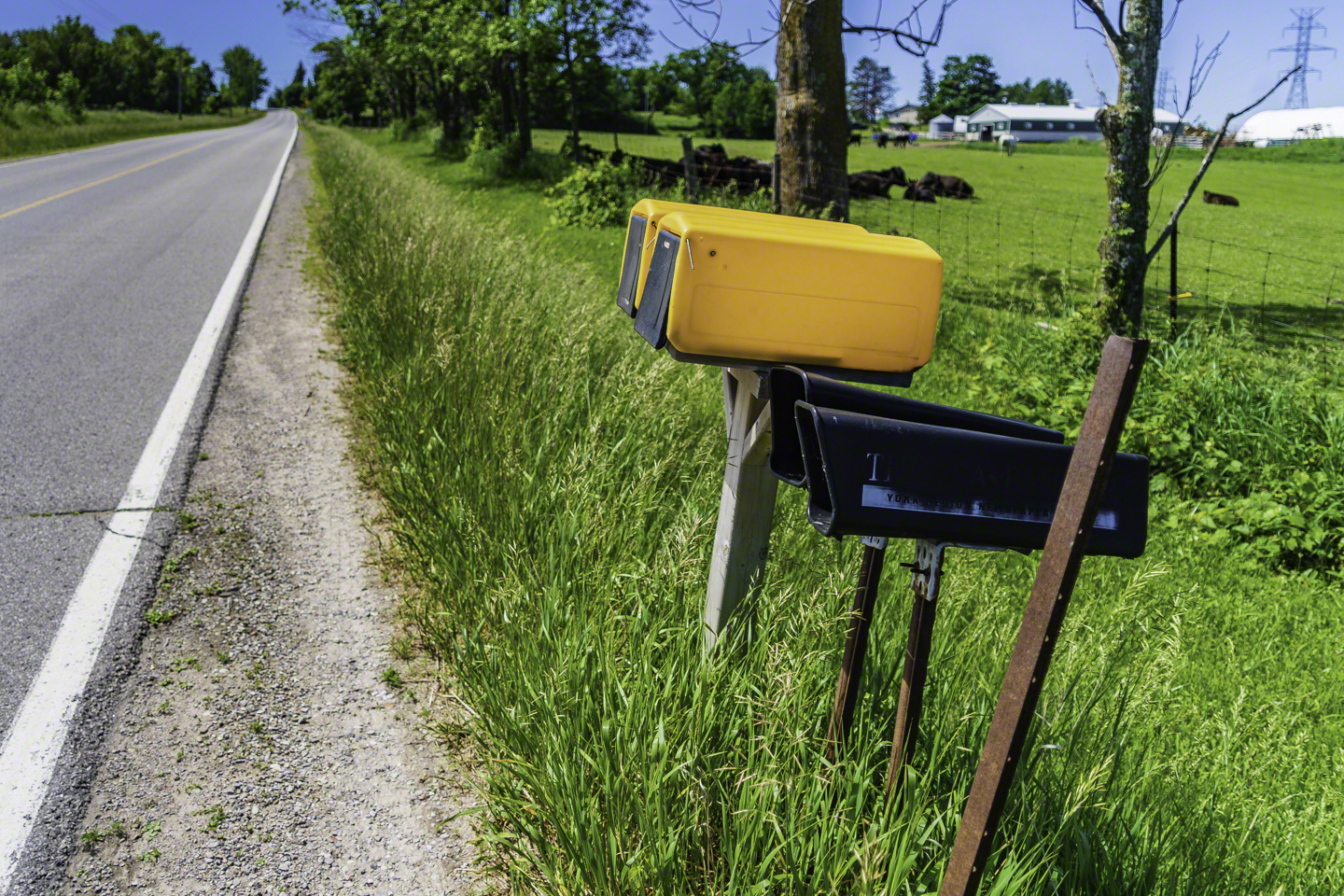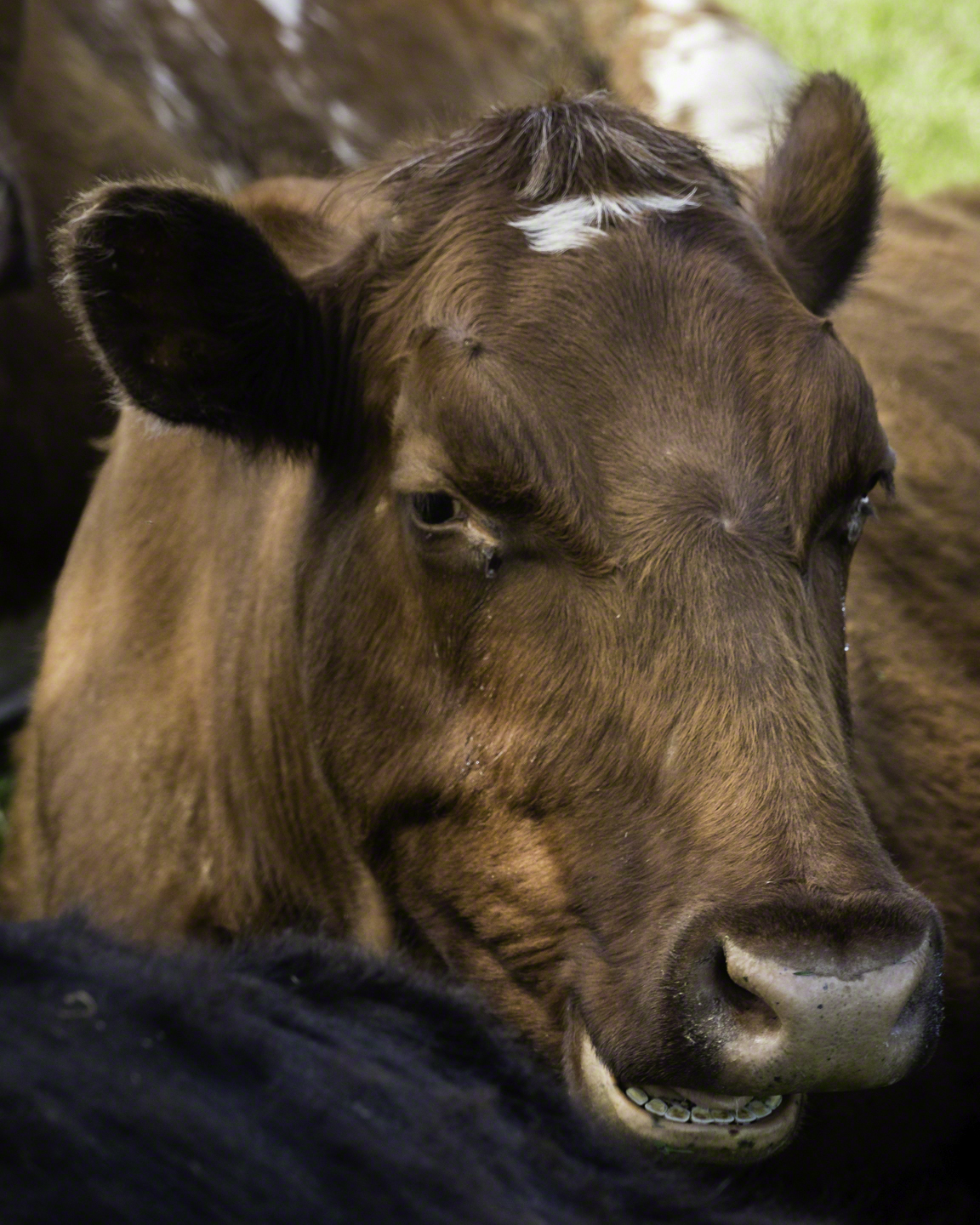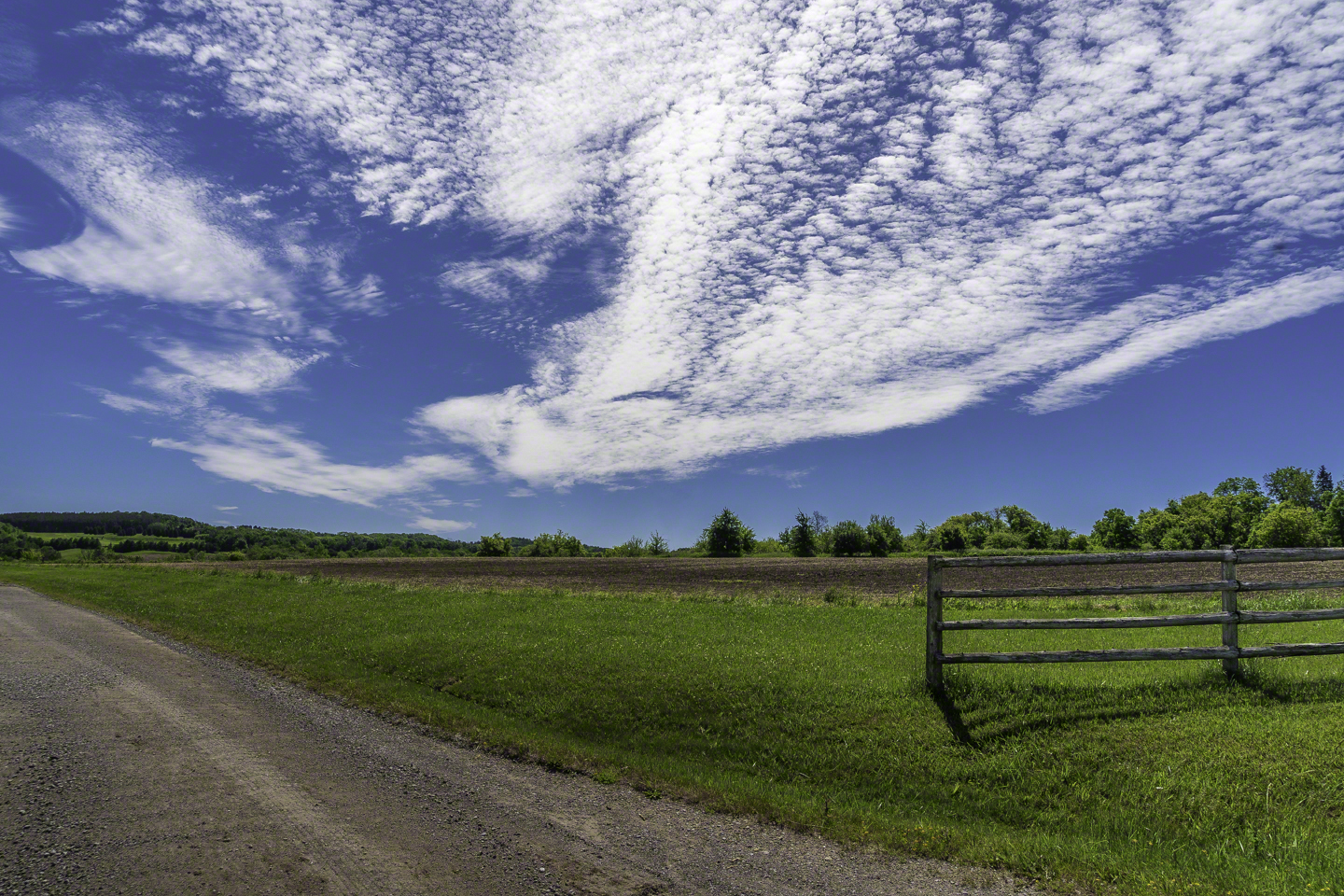Quick Review : Sony a9 - Ready for the Big Leagues?
/Sony's flagship full frame mirrorless, the a9
The difference between a quick look, a quick review and a full review is time. A quick look means a few hours, a quick review means a couple of days and a full review means a couple of weeks.
Recently I was able to put hands on a Sony a9 with the 24-240/3.5-6.3 zoom lens for a couple of days for a quick review. Let's face it, there have already been lots of reviews of the a9 so what am I going to add that's going to be different? We know that the tech is good, we know that the sensor is good, so I want to look more at usability, which is going to be constrained to my use cases. Also keep in mind that reviews combine facts "it has two card slots" with opinion "only one of the two card slots supports UHS-II cards and that's stupid."
As I usually do, the first thing I did was download the manual and try to familiarize myself with the camera.
The a9 is a camera targeted to professionals. It feels nice and sturdy. The mode dial is not cluttered with a bunch of scene modes or other filter detritus and there are three user custom settings. There is also a full Auto option. I don't get that, but whatever. Exposure compensation is a real dial at the right rear deck corner, like a Fujifilm and is click precise. Love that. The dial on the left side is for drive modes and timers. All the text is bright white and printed BIG. Selecting focus mode and bracketing is a locking dial under the drive mode wheel.
The on/off switch is a rocker surrounding the shutter release. There are two programmable buttons on the top deck labeled C1 and C2. There is a front control wheel in front of and below the shutter release and a rear control wheel wheel to the left of the exposure compensation button.
On the rear of the camera along the top edge are C3, Menu, and then to the right of the viewfinder are Movie Start/Stop, AF-On and right above the thumb ridge AE-L. I am glad that I rarely use AE-L because it is recessed directly above the thumb ridge and hard for me to hit without compromising my grip. To the right of the LCD is a joystick and below that a button labeled Fn. Then there is a rotary wheel with a centre button. Below the wheel is the Playback button and a button with a trash icon on it and C4 stencilled beside it.
You either like lots of small programmable buttons or you don't. Put me down under the don't side of the table. My hands are average in size, but those buttons are very small and while not as flush as on some other maker's products, it will take some time to find them by feel. They are not backlit, so if you are working in a dark studio, you had better memorize the functions and program the buttons for what you are going to need.
The LCD is very crisp and bright and can tilt up or down. It does not swing out as one might want for vlogging or the dreaded selfie, but I don't think selfie people are going to be spending nearly $5500 on a camera body. The battery door is on the bottom, and takes the new Z series battery. The camera comes with a proper batter charger but can also be charged over USB.
Dual card slots but foolishly they are not the same, only one supporting UHS-II high performance cards
There are two card slots to the right behind a latched memory card door (Yes!). Both take SDXC cards but only slot 1 takes UHS-II cards. This card slot mismatch is just another example of stupid at work when it comes to card slot design. How much more would it really have cost to make both slots UHS-II compatible? Personally I would have much preferred the much higher performance XQD card slots but to accommodate them, the body would have had to be larger. It's very small and with the 24-240 mounted the space between the lens barrel and the inside edge of the finger grip is very tight. Anyone with larger fingers than myself would be very unhappy.
On the left side there is a swing down door covering an Ethernet port and a PC sync port. On the rear edge of the side top is a removeable panel covering a microphone and a headphone jack. The panel is held on by a plastic nub that I could see getting ripped off in reasonable use. Below that is a panel covering the micro HDMI port and the USB port. The USB port is the micro variant and is only USB2. On a camera of this cost and this performance level, Sony should have gone USB3 all the way, but they decided that 1999 looked like a good place to plant their USB connectivity.
The lens release is on the lower right side of the lens mount and feels a bit spongy to me. The mount is the FE full frame mount and is very positive. There are lots of native lenses available with even more fast long glass on the way. Sony lenses all appear to be more expensive than those from competitors so I am curious if they deliver better image quality for the higher price. You'll have to look to other reviewers for help there as I only have the one lens and only had the camera for a couple of days. I did specifically choose the 24-240 partly because that is a nice walk around range, the lens is quite compact and despite being a bit optically slow, might be a good go to lens when working in decent light.
The zoom is very stiff and the barrel outers are all plastic. The manual focus ring is a drive by wire type, and there is a bit of lag when focusing manually so you may encounter more back and forth than you might like as I did. The lack of friction also meant it was easy to knock manual focus out.
For all my testing, I shot to a Lexar 64GB UHS-II card using uncompressed RAW. I understand that some folks love JPEGs, but I never shoot JPEG unless I am being paid to do so, and so did no testing of the JPEG engine. Sony has proven that it works in the past and that's ok for me.
As part of any test, I wanted to ensure that I had the latest firmware on the camera and the lens. Both were at the level of day of announcement, so both needed updates. My primary computers are Macintosh and while Sony provides downloads for the Mac, it locked up every time on three different Macs. I repeated the effort on a Windows 10 machine and on the third try it worked. Unlike most all other makers, Sony requires you to run their proprietary software on your computer with the camera connected via USB to update the firmware. It's so annoying and so slow that I would award the product manager who ordered this a promotion to cleaning out the cat box. Get with the program Sony, DO NOT require me to tie my camera to a computer with a cretaceous level of USB connectivity.
You are reminded regularly about PlayMemories. I see this as useful on a consumer camera and moronic on a pro body. I still remember the Sony-BMI Rootkit scandal and don't trust Sony software at all.
The viewfinder is nice and bright, and in auto brightness I found it a bit too bright but you can adjust it. The images are sharp but like most mirrorless cameras, you can fill the screen with so much dreck that it gets in the way of the shot. Fortunately, you can turn all that nonsense off.
You do these changes through the menus. Sony has a well earned reputation for the worst menu system in the photographic industry. Nothing has changed in the a9. It's ugly and a pain. I suppose that's a positive plug for all those programmable buttons.
There is a hot shoe on the camera. It has the normal single pole to trigger a basic flash, but for any automation, you will need either a flash or a flash controller that works with Sony's Multi-Interface system. I had no MI gear for this test, but I have used it in the past and it has worked ok. I have tested both Profoto and Godox controllers on the a7ii and iii families and they worked a charm. Sony does make hotshoe flashes but my experience with them was on other cameras, and it did not go well.
A battery grip is a must have for me, and you can see that the Sony one holds two of the new high capacity Z series batteries
A battery grip is available for the a9 and while my hands are average sized, were I using the a9 in production, the battery grip would a must have for me. While the a9 is very well built, the ergonomics are just a bit too small for me. I also do a lot of shooting in portrait mode and advancing age makes the busted chicken wing hold uncomfortable in short order.
In the Field
I attached a Black Rapid strap to the camera and found the walkaround weight barely noticeable, even with the heavier 24-240 lens mounted. Power up from off is quite quick, important given how often folks turn their cameras on and off.
Despite having played with the diopter adjustment a lot, I never felt that the EVF was really all that sharp. I found the a7R II to have a better looking viewfinder to my eye. I noticed that when I made an image, the in viewfinder playback of the JPEG embedded in the RAW while pretty quick always looked softer than the live image. The actual RAW images were fine when I got them into the computer, but this visual thing was quite unnerving.
I had the rear LCD brightness set to auto and was shooting outdoors on a Sunny 16 day and found the LCD mostly unusable. I had to really crank the brightness to be able to chimp, but once I realized that I could do everything in the EVF, I stopped trying to use the LCD entirely. This is the first time I have gone this route on all the mirrorless bodies that I have used. I do not know if Sony has treated the LCD with an oleophobic treatment but I found that the LCD smudges up very quickly and needs a cleaning very regularly.
I am a left eye dominant photographer and while I had no nose activation issues on the touch screen, I found the size of the camera a bit small to be using back button focus while my eye was at the viewfinder, unless I twisted my head. If the body were not so short on the long side, this would not be an issue. At some point, small size stops being an advantage.
In my first go around, nothing was moving all that fast so I was using the single shot mode of Autofocus and using a single AF point. I appreciate that the camera has hundreds of AF points, but I simply do not need them all. I prefer to Focus, Lock, Recompose and Shoot in single mode, and keep the thumb on the back button when using continuous AF. It's a method that has worked for me for a long time and I have no need to change. I felt that the AF was slow to lock on unless there was massive contrast and it struggled to lock on in shaded areas. When I brought the camera back indoors, the AF gave me many indications that it could not focus. I cannot say that I have experienced this with other Sony full frame mirrorless cameras.
The a9 is trumpeted as being an awesome camera for continuous autofocus for sports and wildlife. I had very little time with the camera to be fair to it and thus my tests were limited. In what I was able to shoot, I was not impressed and in my opinion, there remains a lot of work to be done for the a9 to take on either the Nikon D5 or the Canon 1Dx Mark II. A longer test with faster glass may deliver different results so if the nice folks at Sony want to send me an a9 with battery grip and their newly released 400/2.8 I promise to give the unit a very in depth testing.
Given past experiences, I expected the battery to be near 50% after about 120 frames but the new Z series battery really makes a difference in terms of shooting confidence. If I owned the camera, I would have multiple batteries anyway, but I've been caught out while testing other mirrorless cameras before and the a9 is a nice change from a battery perspective.
Sample Gallery
All the gallery images are in JPEG format, and can be clicked for full screen view. All started as RAW images out of the a9 and were processed in either Capture One or Lightroom.
In the Studio
For my studio tests, I set up my mannequin head Sondra to do some flash, colour and ISO testing. I also set the camera up on a tripod to shoot some sample 4K video under my regular studio lighting setup. I just used a neutral grey background instead of a proper backdrop or green screen. I will make another go at my request to all makers that they cut an Arca Swiss dovetail groove in their baseplates. I don't expect any of them to listen, but I will keep trying.
For the ISO tests, I shot under my usual KinoFlo continuous lights and used the same lighting for the test video shot in 4K at 100mb/s bandwidth.
The flash tests were shot with Profoto strobes using the regular Air controller as I did not have the Profoto Air controller for Sony. I won't bore you with a lot of fill here. I pressed the shutter and the flashes went off in Manual mode exactly as expected. I was able to use the camera's native sync speed as the highest shutter speed as I would have needed a smart controller to leverage high speed sync. I used both AWB and Flash for white balance and the interpreted RAWs out of camera looked great. No concerns there at all. Do note that the camera has Sony's proprietary MI shoe, so some third party triggers may not fit properly.
ISO performance was, in my opinion very good. I believe that you could shoot the a9 at ISO 12800 and if you expose correctly will come away with consistently usable shots. This is not Canon 1Dx Mark II or Nikon D5 territory but still very good indeed. You can certainly shoot at ISO 25600 but you will want to do some noise removal at that ISO. I put together my usual ISO gallery for your review.
You can click on any of the images to open it up full screen.
Let's talk about the video. The 4K video looks good, whether you use the 100mb/s bandwidth or the 60mb/s bandwidth, but I'm going to be clear here. You are not buying an a9 for its video capability. It's pretty generic UHD 4K. There are no log options, no picture styles, no hyper log gamma so the a9 doesn't even surpass the older a7R II or a7S II. An a7III or a7R III kicks the a9's butt to the curb when it comes to video and for less money.
You can watch the sample clip here.
I cannot fault the a9 in the studio, but remember to shut off all the exposure simulation stuff because if you are in a darkened studio using only speed lights, your viewfinder or live view is going to black as pitch and you will not be able to see anything. The ability to fast switch the exposure simulation on and off would be targeted to a programmable function button immediately if this were my camera.
I confess that I like that Sony included a PC sync port for flash in the a9, although I cannot remember the last time I triggered a flash with a cable. If they dropped the PC port and used the space for a USB3 or USB-C connector and chipset that would be a better choice. Tethering is available via the special version of Capture One for Sony. It worked with my regular version of Capture One in a short test. A camera that cannot be tethered in the studio is mostly useless to me.
Lightroom, Adobe Camera RAW and Capture One all read the RAW files from the a9 without issue or any weird behaviour. If you use an alternative RAW processor you should check for support with your software maker.
Conclusions
I worry that I may be giving the a9 some short shrift here. I usually spend two to three weeks with a camera, but that option was not available to me. Do I like the a9? Yes I do. There is a lot going for it. Would I buy one? No, I would not. My use cases would be better served by either an a7 III or an a7R III. I do both stills and video, and the a9 video is just not up to par, even for a year ago, given that Sony rocks it most of the time when it comes to video. The a9s 4K is better than the brain dead 4K on the Canon 1Dx Mark II but that's not saying much. I don't think, based on working only with one lens, that the continuous AF is up to par yet, and in indoor lighting situations even with the lens wide open and at 24mm, the autofocus was not fast. I remember both the a7s that I wrote about last year being way faster. At $5499.99 CAD current street price, it's way too much coin for what it delivers. I would personally choose to put $2000 towards glass and go with the a7R III, but that's me.
Have an idea for an article or tutorial? Do you have a question photo or video unrelated to this article? Send me an email directly at ross@thephotovideoguy.ca or post in the comments.
If you're in Canada, please consider shopping with Henry's in your local store or at www.henrys.com If you're in the United States and shop with B&H Photo Video, please consider doing so through the link on thephotovideoguy.ca as this helps support my efforts and has no negative impact whatsoever on your shopping experience. The product images in this article are hyperlinked to B&H for your convenience.
If you find the podcast or articles of value, consider clicking the Donation tab in the sidebar of the website and buy me a coffee. Your donation goes to help me keep things going. Email your questions on any photo or video topic and I will try to respond within a day.
Thanks for reading, watching and listening and until next time peace!



























